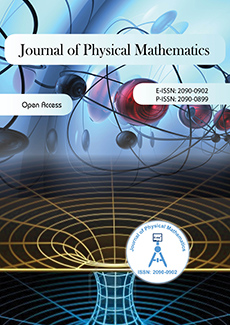Abstract
Currently, in the scientific literature there is the statement that 96% of the total amount of the matter in the universe is the so-called the dark matter. It is uniformly fills the entire universe and it cannot be identified with the any observable celestial bodies. It was called the dark matter because it is invisible. No one has not seen in order to it was involved in the gravitational interactions between stars and star clusters. Its existence the astrophysics explains by causes of the background radiation of radio waves. This radiation is detected by radio telescopes at wavelengths of about 7.35 cm. Actually, it is unknown nothing in addition. The share of the baryonic matter is not more than 4% of all matter in the universe (baryonic matter mainly consists of the heavy elementary particles, neutrons and protons).
In connection with this in the science the assumption gaining strength, that in the universe there are two kinds of a matter. One of them is the ordinary baryonic matter, and the other, the so-called a dark matter. It is by primary kinds of a matter. There is the evidences and the objections to such a view of nature. To add the arguments in favor of evidence to the existence of a dark matter in the space between the baryon bodies, in this article we re-look at the experience of PA Cherenkov 1934 about the luminescence of very fast electrons due to D-rays of the radioactive elements as they pass through the liquid. In 1958, to Cherenkov, together with Tamm and Frank was awarded the Nobel Prize in Physics "for the discovery and interpretation of the Cherenkov effect."
Citation
G.B. Sergey. "The Experimental Evidence for the Dark Matter Universe." J. Phys. Math. 7 (2) 1 - 3, 2016. https://doi.org/10.4172/2090-0902.1000166
Information




